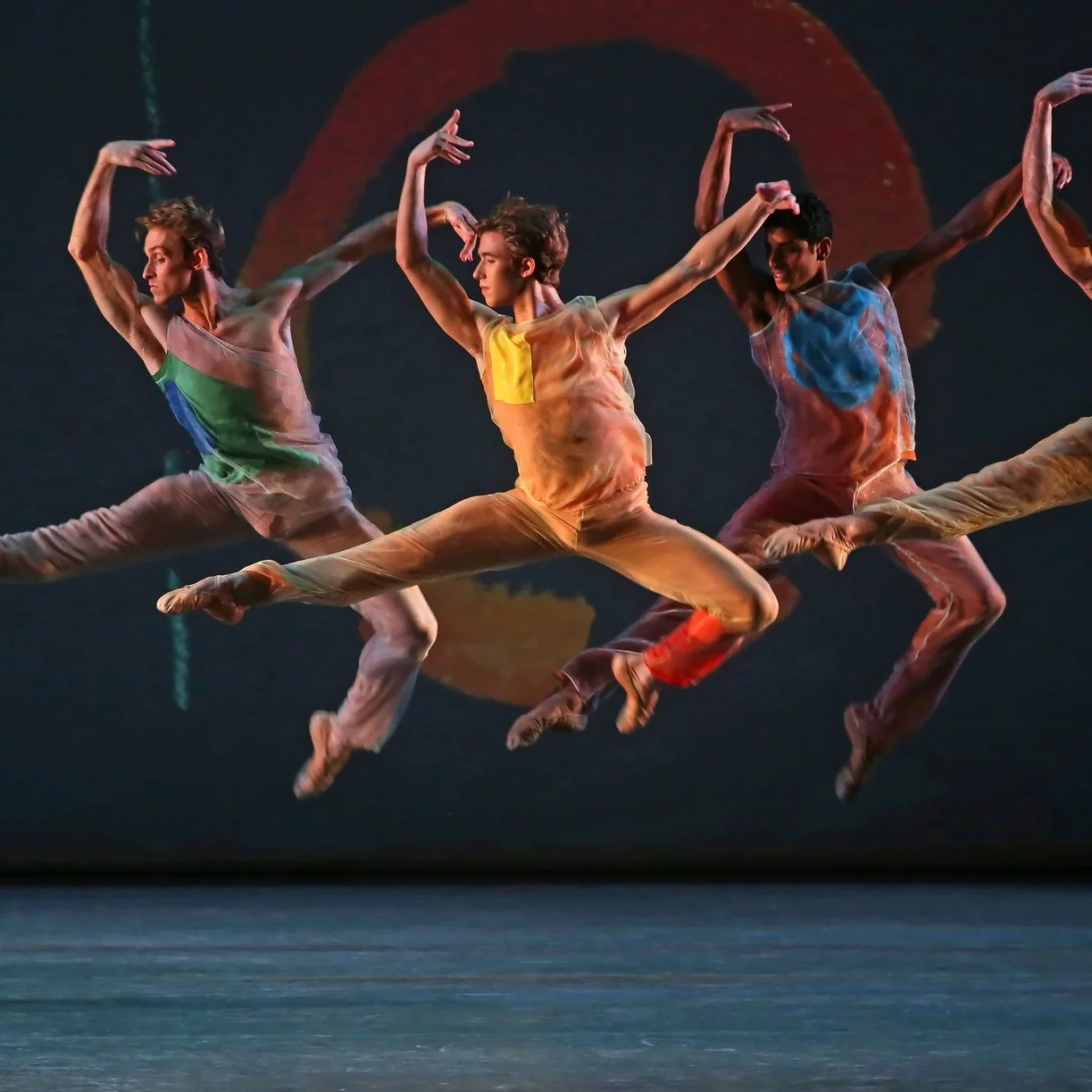Limitless Possibility, with Batsheva at BAM
Ohad Naharin’s “Venezuela” © Ascaf.
Ohad Naharin’s “Venezuela” is composed of forty minutes of choreography, performed twice. While the choreography and costumes (dancers are clad in various combinations of all black) are the same between halves, the cast changes for each iteration, as do the lighting and music. There is no intermission, nor is there a pause or curtain drop—the first section segues directly into the second, the continuity between the acts simultaneously emphasizing their unity and heightening their discord.
The rhythmic Gregorian chants imbue the first movement with an aura of somberness, contrasted against the frenetic energy of the second half. When the same music appears in both sections (Notorious B.I.G’s “Dead Wrong,” most notably), the interpretation varies starkly. In the first half, two male dancers rap in a hushed voice with no accompaniment. The second time around, the dancers rap again, but along to a recording of the music, using additional dancers to emphasize various excerpts of the lyrics. In the first rendition, the rawness of the lyrics evoke a sickening quality heightened by the purity of the dancers’ unified footsteps and accompanying monastic chants, while in the second—though the viewer has been primed to see the music’s vulgarity—the louder background and frenzied atmosphere stifle its impact.
Naharin’s choreography gives each half of the piece its “sameness,” but the abundance of possibilities—lighting, music, volume, intensity, intention, energy—illustrate the ease with which we are primed to see difference. “Venezuela” calls attention to the human desire to organize, create narrative, and extrapolate meaning, qualities that limit the ability to decipher elements like the transition from off-white canvas flags to abstracted representations of actual countries, the women riding men as they transverse the stage on all fours, the incongruous fragments of ballroom dance. But the tension evoked by Naharin’s intentionally layered work is perhaps the point: there are countless ways to read a choreographer’s work, and accepting those multiplicities erodes the schemas from which they originate.



